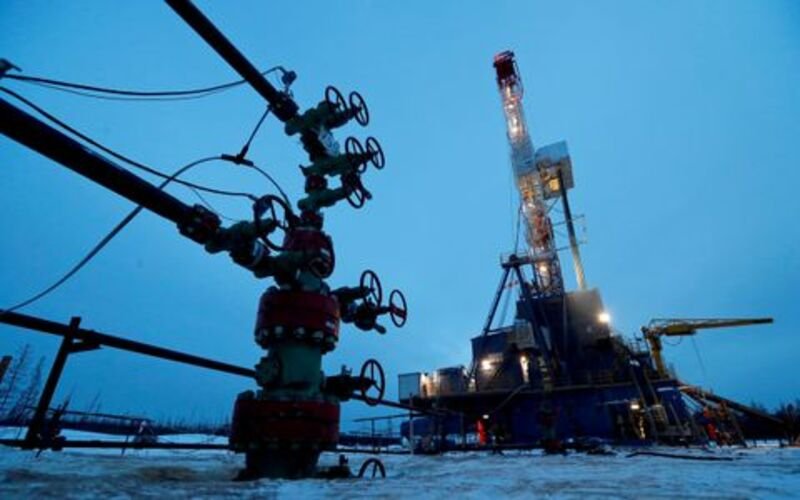After Washington passed a debt ceiling bill, oil prices jumped on Friday as markets considered OPEC+ production cutbacks over the weekend.
After two days of losses, Brent crude futures jumped 71 cents, or 0.96%, to $74.99 a barrel by 0600 GMT, while WTI rose 66 cents, or 0.94%, to $70.76.
Congress’ suspension of the U.S. government’s $31.4 billion debt cap and the Federal Reserve’s last hints of a rate freeze comforted markets.
On Thursday night, U.S. time, the Senate approved the package, preventing a catastrophic sovereign default that would have rocked global financial markets.
The Energy Information Administration’s Thursday U.S. oil stock data showed that petroleum imports rose last week, boosting market optimism.
Investors are now focused on the June 4 OPEC+ meeting.
Ministers from major oil producers will decide whether to cut output to boost government finances. After cutting 1.16 million barrels per day in April, OPEC+ could reduce more to boost petroleum prices.
Reuters and experts from HSBC and Goldman Sachs have indicated that more output cuts are unlikely and that the group will take a “wait and see” attitude.
Other market observers say dismal Chinese and U.S. manufacturing data makes OPEC+ cuts more likely.
“Oil prices are stabilizing after a round of disappointing global manufacturing data supported the case for OPEC+ to deliver another production cut,” said OANDA senior market analyst Edward Moya.
On Thursday, the Institute for Supply Management (ISM) reported that the U.S. manufacturing PMI fell to 46.9 from 47.1 in April, the seventh consecutive month below 50, signaling a manufacturing contraction in the world’s top oil consumer.
Thursday’s better-than-expected Caixin/S&P Global China manufacturing PMI contrasted with Wednesday’s official government statistics showing factory activity in May had dropped to the lowest level in five months.
Traders ” think that Russia might not necessarily stick to a hard stance on output cuts, especially since they are struggling to commit to their quotes,” Moya said.












































Comment Template